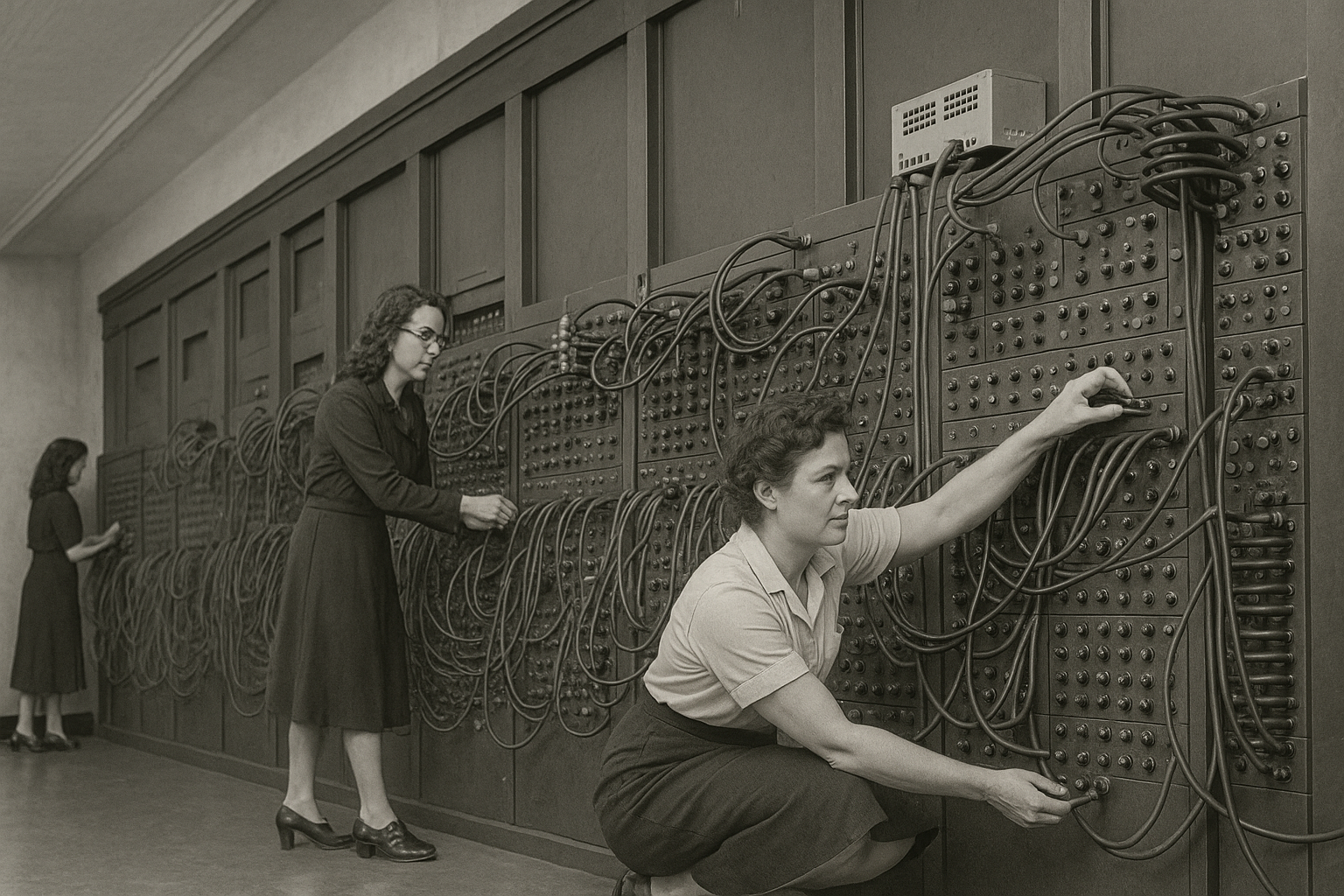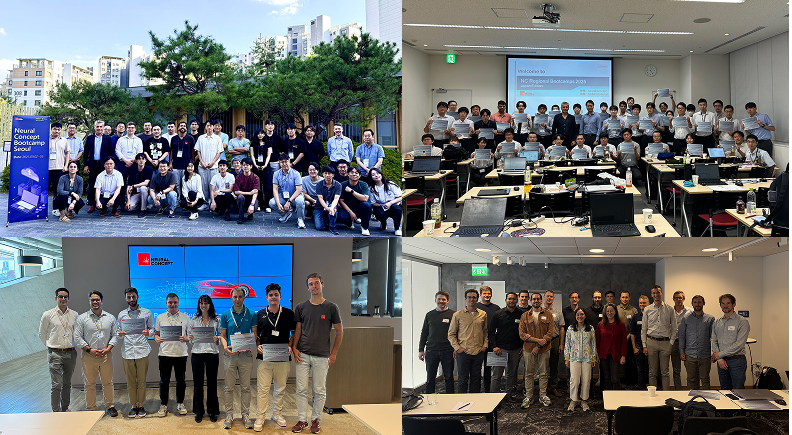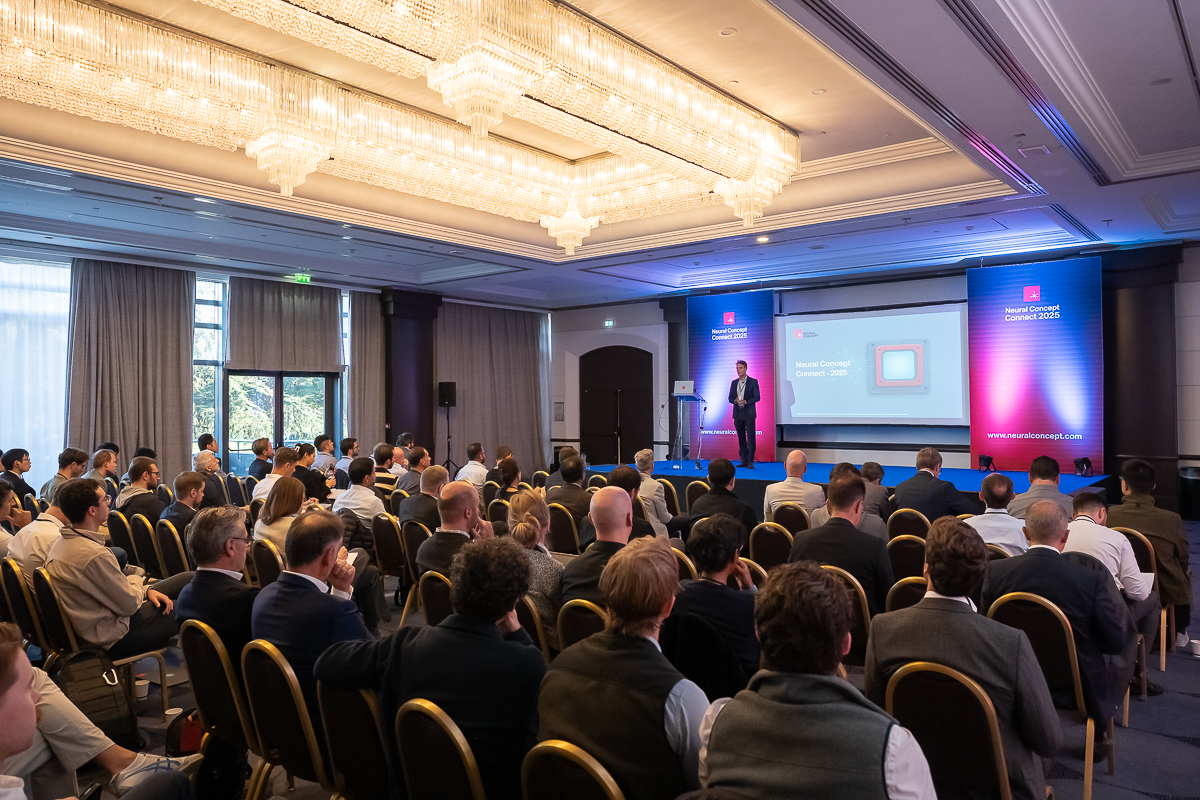RF Simulation: Introduction & Application

Our civilization would not be sustainable without fast communications via electromagnetic waves.
Engineers can nowadays predict how radio waves propagate and interact with structures and materials and how different components perform in various scenarios.
This is possible thanks to Radio Frequency Simulation, also known as RF Simulation. RF Simulation is a specialized field in engineering and computer science. It involves the use of computer software to model and analyze the behavior of radio frequency (RF) systems and components.
RF applications range from wireless communication systems to automotive radar and satellite communication.
A good understanding of concepts like frequency, wavelength, and amplitude is necessary. Different types of RF simulations, such as electromagnetic, circuit, and system-level simulations, are available to tailor to specific RF engineering needs. Also, RF simulation via AI is now possible.
Benefits of Radio Frequency Simulation
RF simulations allow engineers to test and optimize designs in a virtual environment before physical prototypes are built. This saves time and resources. Simulation tools provide highly accurate predictions of RF system behavior, enabling engineers to fine-tune designs for optimal performance.
In general, digital simulations facilitate rapid prototyping, allowing for faster RF system development and iteration. They can model complex interactions of electromagnetic waves, components, and environmental conditions, which may be challenging to analyze analytically. RF simulations help ensure the safety and compliance of RF systems, especially in fields like telecommunications and healthcare.
Basic Concepts of RF Engineering
Radio Frequency (RF) refers to the range of electromagnetic frequencies from around 20 kilohertz (kHz) to several hundred gigahertz (GHz). This part of the electromagnetic spectrum is used for various wireless communication technologies, including radio, television, wireless networks (Wi-Fi), cell phones, radar, and more.

RF signals consist of alternating electric and magnetic fields that propagate through space in the form of electromagnetic waves.
Key RF Engineering Concepts
Wavelength
The distance between successive crests (or troughs) of a wave. In RF engineering, shorter wavelengths correspond to higher frequencies.

Frequency:
The number of wave cycles passing a point in one second. It is inversely related to wavelength.
Amplitude:
The height or strength of an RF signal represents its power or intensity.

How Does an Antenna Work?
Antennas are critical components of RF systems that transmit and receive RF signals by converting electrical signals into electromagnetic waves. They operate based on the principles of electromagnetic radiation and reception. Antennas have a specific polarization and can be directional or omnidirectional, with varying gain levels. Impedance matching is essential for optimal signal transfer between the antenna and electronic circuitry.
Detailed Explanation of How Radio Frequency Signals Work
RF signals are electromagnetic waves made up of electric and magnetic fields that oscillate in a coordinated manner as they travel through space:
- When you transmit an RF signal, the antenna converts electrical signals from a transmitter into electromagnetic waves that radiate into the surrounding space.
- When you receive a signal, the antenna captures these electromagnetic waves and converts them back into electrical signals that a receiver can process.
Transmitting antennas generate electromagnetic waves by rapidly changing the electric current flowing through them. This process causes the antenna to emit these waves into the surrounding space. The RF signal frequency determines the electromagnetic wave frequency.
Receiving antennas operate in reverse. They capture electromagnetic waves from the environment, and the changing magnetic field associated with these waves induces an electric current in the antenna's elements. This induced current represents the RF signal that is then sent to a receiver for further processing.
Antennas have a specific polarization that aligns with the electric field orientation in the electromagnetic wave. To maximize signal transfer, it's essential that both the transmitting and receiving antennas have the same polarization. Common polarizations include linear (horizontal or vertical), circular, and elliptical.
Antennas can have different radiation patterns, which determine the directionality of the emitted or received RF signal. Some antennas are directional and focus their energy in a specific direction, while others are omnidirectional and radiate in all directions equally.
Antennas have gain, which measures their ability to focus or collect RF energy in a particular direction compared to an ideal isotropic antenna (which radiates equally in all directions). Gain is usually expressed in dBi (decibels relative to an isotropic antenna) and measures microwave antenna performance.

To maximize signal transfer between an antenna and the associated transmitter or receiver, impedance matching is essential. Impedance matching ensures that the antenna's impedance matches that of the connected electronic circuitry.
Antenna Quality - S Parameters
Antenna quality is often evaluated through S-parameters, a set of measurements that describe how an antenna behaves when transmitting or receiving signals. S-parameters, such as return loss and gain, provide insights into an antenna's performance, including its efficiency, impedance matching, and radiation characteristics. These parameters are essential for optimizing an antenna's design and ensuring it can effectively transmit and receive radio frequency signals while minimizing signal loss and interference. Accurate S-parameter analysis is crucial for achieving high-quality and reliable wireless communication systems.

Applications of Radio Frequency Simulations
RF simulation is a powerful tool used in various applications. Below is a list of three specific applications where RF simulation is widely used.
Application 1: Radio Frequency Simulation for Wireless Communications
RF simulation is used to design and optimize antennas for wireless communication systems. It is also used for propagation modeling in cellular networks and to analyze signal integrity for wireless devices.
Application 2: Radio Frequency Simulation for Automotive Radars
RF simulation is used for simulating radar systems used for collision avoidance and adaptive cruise control. It's also used for environmental modeling of radar sensors, such as simulated rain, snow, and fog.
Application 3: Radio Frequency Simulation for Satellite Communications
RF simulation is used for satellite link budget analysis, which helps in satellite design and network planning. It is also used for antenna placement and coverage analysis.
Types of RF Simulations
Electromagnetic (EM) Simulations
These simulations focus on the behavior of electromagnetic fields. They are used for modeling antennas, RF circuits, and electromagnetic compatibility (EMC) analysis.

Circuit Simulations
These focus on the electrical behavior of RF components and circuits. They help in designing amplifiers, filters, and other RF components.

System-Level Simulations
These simulate the entire RF system, considering the interactions between various components, including antennas, transmitters, and receivers.
How RF Simulation Software Works (Details)
Radio Frequency simulation software is a tool to model and analyze the behavior of electromagnetic waves, particularly in radio frequencies and microwaves. It's used for designing and optimizing various RF devices and systems, such as antennas, RF circuits, and wireless communication systems.
10 Steps on How to Use RF Simulation Software
1. Create a virtual model of the RF system or device you want to analyze. This model includes the physical structure and materials involved, such as antennas, waveguides, and circuit components. Most RF simulation software offers graphical interfaces for creating and manipulating these geometries. Waveguide simulation is a subject where Deep Learning AI can provide fast feedback to designers via real-time design exploration AI tools.
As an example, the Swiss company Swissto12 was able to provide their CAD designers with a tool yielding instantaneous predictions on the radio-frequency values of interest, capturing the antenna performance.
2. Define the material properties of the objects, specifying the electrical and magnetic properties involved, which can significantly affect how electromagnetic waves interact with them.
3. The software divides antenna elements of the geometry into smaller elements to perform accurate simulations. This meshing process allows the software to approximate the electromagnetic waves behavior in complex structures. The simulation accuracy depends on the mesh quality.
4. Different RF simulation software may use different numerical solvers to solve Maxwell's equations, which describe the electromagnetic waves behavior.
These solvers may be finite element method (FEM), finite difference time domain (FDTD) or method of moments (MoM).

5. You must set boundary conditions to mimic the behavior of the RF environment.
6. Configure the simulation settings, such as frequency range, time step (for transient simulations), and desired output parameters (e.g., scattering parameters, radiation patterns, or electric field distributions).
7. The software uses the defined geometry, materials, mesh, solver, and boundary conditions from the previous steps to compute how electromagnetic waves propagate, reflect, and interact with the objects in the model.
8. After the simulation is complete, you can analyze the results. This includes visualizing field distributions, impedance, scattering parameters, radiation patterns, and other relevant data. Based on these results, you can assess the performance of the RF device or system.

9. You can use the software to iterate and optimize the design based on the simulation results. This might involve adjusting parameters like antenna dimensions, material properties, or circuit component values to improve the entire system's performance.
10. Validating the simulation results by comparing them to real-world measurements or theoretical expectations is important as a final step.
Technical Appendix - What Equations Are Solved
RF simulation software is an electromagnetic simulation tool because it solves Maxwell's equations in the frequency domain or time domain to model the behavior of electromagnetic fields. These equations describe how electric and magnetic fields interact and propagate in three-dimensional space.
The Maxwell's equations solved by 3D RF simulation software are:
Gauss's Law for Electricity (Maxwell's First Equation) is ∇ · E = ρ / ε₀ where E represents the electric field, ρ is the electric charge density, ε₀ is the permittivity of free space.

Gauss's Law for Magnetism (Maxwell's Second Equation). This equation states that there are no magnetic monopoles (magnetic charges): ∇ · B = 0 (B is the magnetic field).
Faraday's Law of Electromagnetic Induction (Maxwell's Third Equation). This equation describes how changing magnetic fields induce electric fields ∇ × E = -∂B / ∂t.
Ampère's Circuital Law with Maxwell's Addition (Maxwell's Fourth Equation): ∇ × B = μ₀J + μ₀ε₀∂E / ∂t
Technical Appendix - Boundary Conditions
Boundary conditions (BCs) play a crucial role in defining the electromagnetic environment and how the fields interact with the structures in the simulation.
- Perfect Electric Conductor (PEC) Boundary Condition
- Perfect Magnetic Conductor (PMC) Boundary Condition
- Perfectly Matched Layer (PML) Boundary Condition
- Impedance Boundary Condition
- Radiation Boundary Condition



